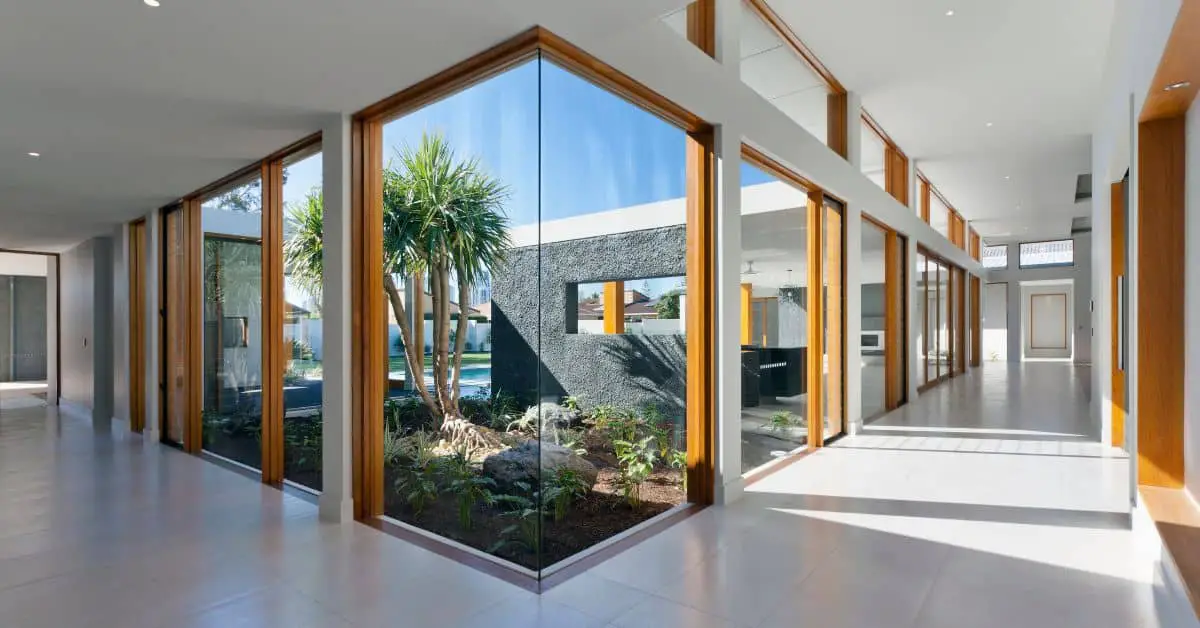Why Your Home’s Overall Orientation Matters?
Pondering which way your abode points? Home orientation holds the key, be it house-hunting, scrutinizing a fresh construction locale, or simply unraveling the mystery of your dwelling’s position.
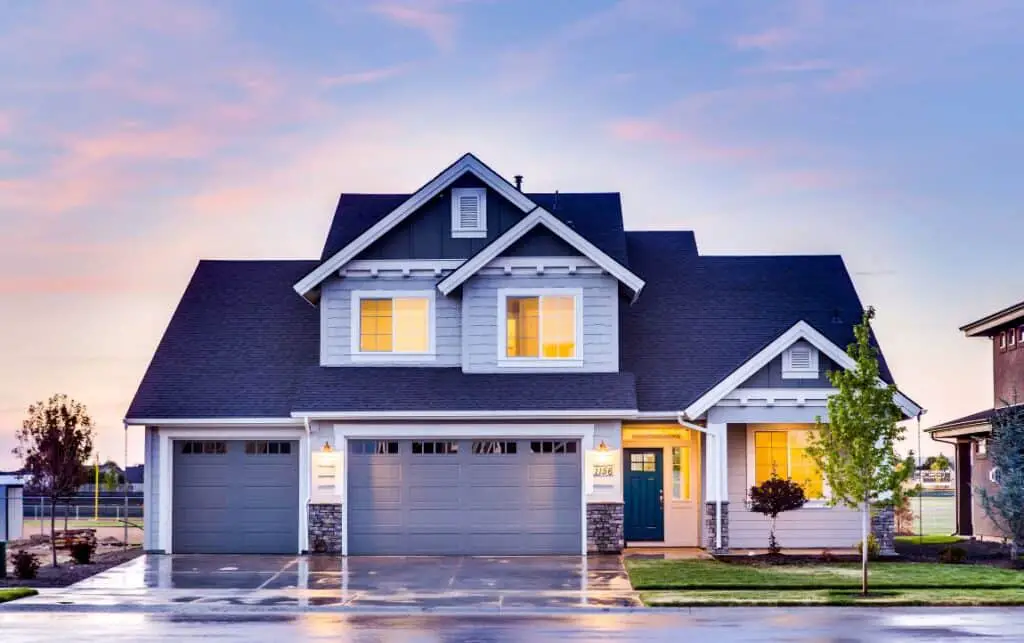
“Location, location, location!” might be the go-to mantra for real estate enthusiasts, but savvy homebuyers know that house orientation is equally significant.
House orientation refers to a structure’s position on its site, typically described by the cardinal direction the front facade faces – for instance, a north-facing house has its main entrance facing north.
Understanding the pros and cons of various house orientations is critical for both house hunters and prospective new home builders.
It influences the amount of sunlight indoors, heating and cooling expenses, home maintenance, and more.
While there’s no “best” direction for a house to face, being in the know about their perks and pitfalls can help homeowners make well-informed decisions.
Let There Be Light: South-Facing & East-Facing Houses

In the U.S. and the rest of the northern hemisphere, south-facing windows bask in the most sunlight, thanks to the sun shining from the south.
Also, east-facing homes catch the most morning rays, while west-facing abodes enjoy afternoon sunshine.
Homebuyers often gravitate towards bright, sunlit houses, which is why realtors love boasting about southern exposures.
Natural light is not only visually appealing but also comes with a slew of health benefits, such as boosting vitamin D levels for a robust immune system and promoting a healthy sleep-wake cycle.
Feeling Hot, Hot, Hot: Radiant Heat & South-Facing Homes
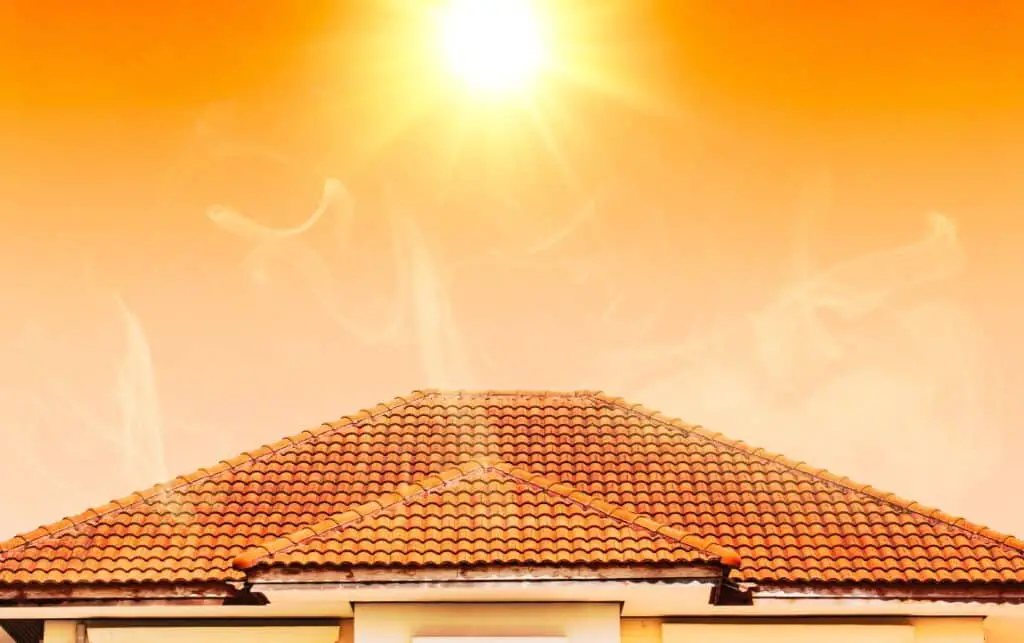
House orientation affects not only sunlight but also warmth. A south-facing home (particularly with numerous south-facing windows) can soak up the sun’s warmth, which can be both advantageous and disadvantageous.
Radiant heat can slash heating costs in winter, especially in colder climates. However, summertime may bring higher cooling bills.
Keeping Your Cool: North-Facing Houses
North-facing homes primarily receive direct sunlight at the rear, making them cooler than their south-facing counterparts during summer.
In warmer climates, this orientation offers the bonus of reduced cooling costs. However, less sunlight enters through the front, as north-facing windows let in fewer rays.
WISELIVN DAILY
Make your inbox healthier and happier with the latest WiseLivn Media stories, delivered fresh daily. Will be used in accordance with our Privacy Policy.
Sun-Kissed Or Sun-Damaged: South-Facing House Orientation
One downside to direct sun exposure is potential damage over time to siding, roofing, furniture, fabrics, and flooring.
The south-facing side of your home will be most affected, so budget for more frequent maintenance tasks like repainting or re-siding.
To shield furniture from damage, consider installing UV-blocking window film, curtains, or shades on south-facing windows.
Icy Reception: North-Facing Homes In Winter
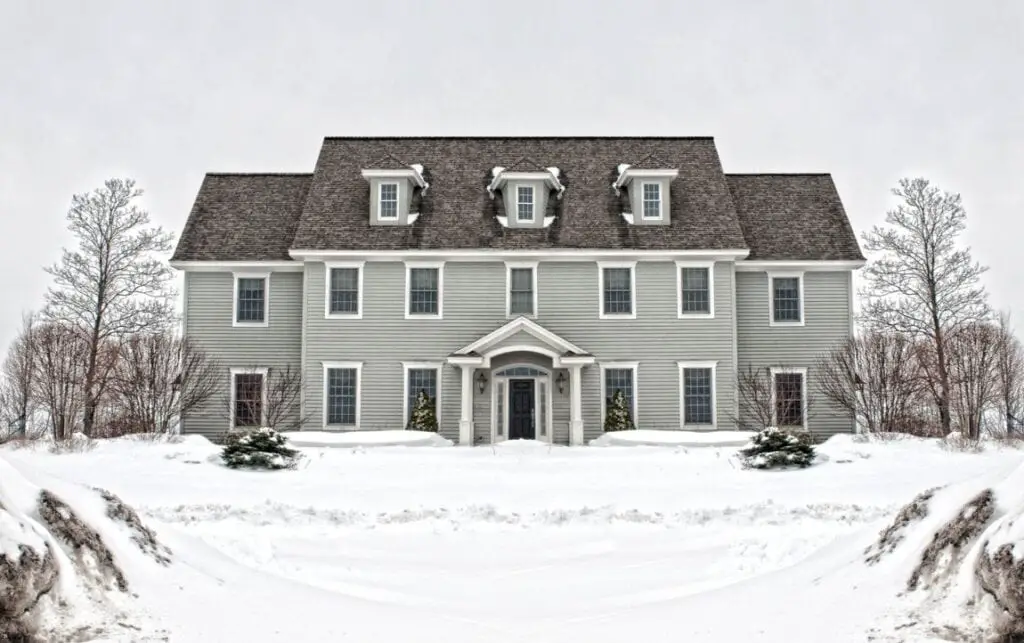
In regions with icy winters, a north-facing house may experience worse cold-weather effects.
Due to the lack of direct sunlight, the front facade is more susceptible to ice dams and icicles, while driveways and walkways can become perilously slippery.
Conversely, south-facing homes benefit from quicker ice and snow melting.
Light Up Your Life: House Orientation & Decor Choices
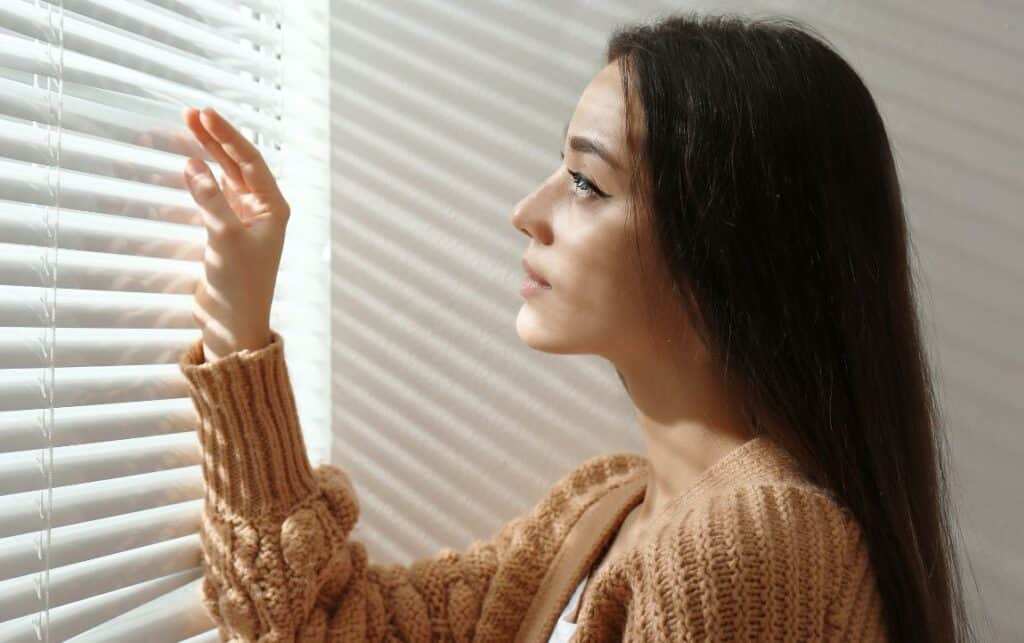
The amount of light a room receives can influence your color and fabric selections when decorating.
For example, you might avoid red and orange hues in west-facing rooms that get most of their sunlight after 2 p.m.
Bold or dark colors may work best in south-facing rooms, which receive enough light all day to complement more intense tones.
Consider blackout curtains for east-facing bedroom windows to prevent early morning light from disrupting sleep.
Landscape Love: House Orientation & Outdoor Spaces
House orientation also shapes your landscaping and outdoor areas. A south-facing yard basks in sunlight all day, perfect for sun-loving plants and people, as well as swimming pools.
If you prefer a cooler spot for relaxation, a north-facing yard might be ideal for a patio, deck, or grill.
Afternoon sun-seekers will appreciate a western exposure, offering sunlight for pools and decks later in the day.
Choose sun- or shade-loving plants that thrive in your yard’s light conditions for a flourishing landscape.
WISELIVN DAILY
Make your inbox healthier and happier with the latest WiseLivn Media stories, delivered fresh daily. Will be used in accordance with our Privacy Policy.
A Room With A View: House Orientation & Scenery
If you’re fortunate enough to live in an area with breathtaking views – be it a lake, beach, mountains, or skyline – house orientation is crucial.
For new construction, maximize the site’s aesthetic qualities by properly aligning your home to make the most of the view.
If possible, arrange windows and outdoor spaces to fully appreciate the beauty of your surroundings.

